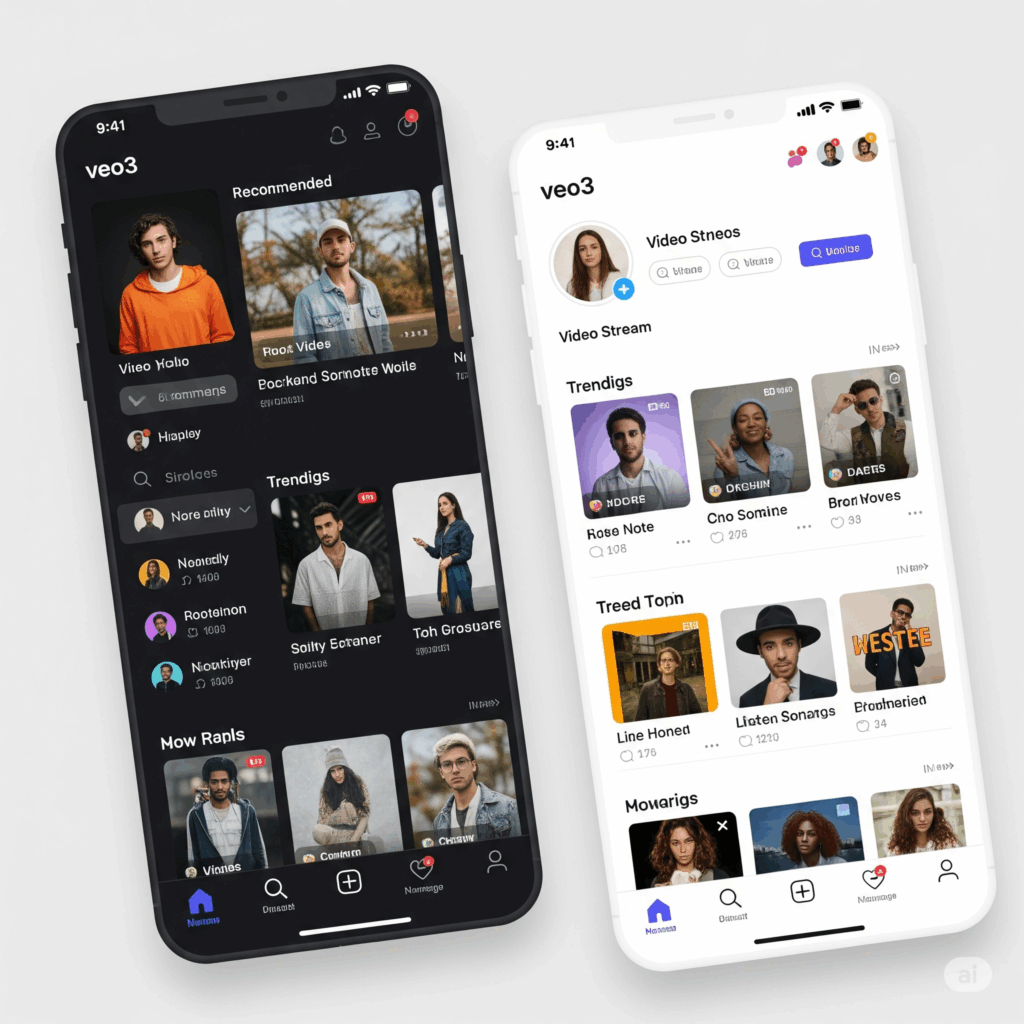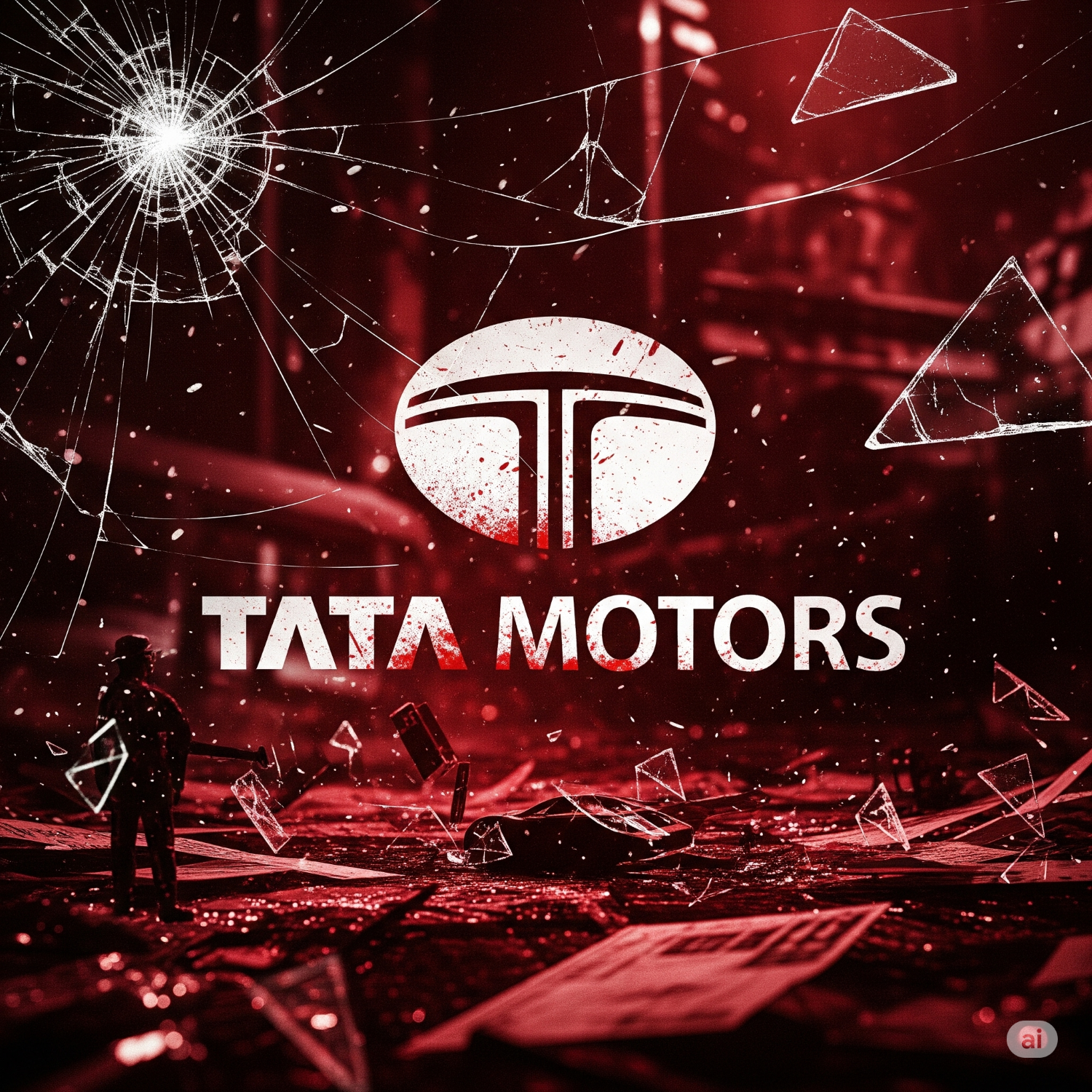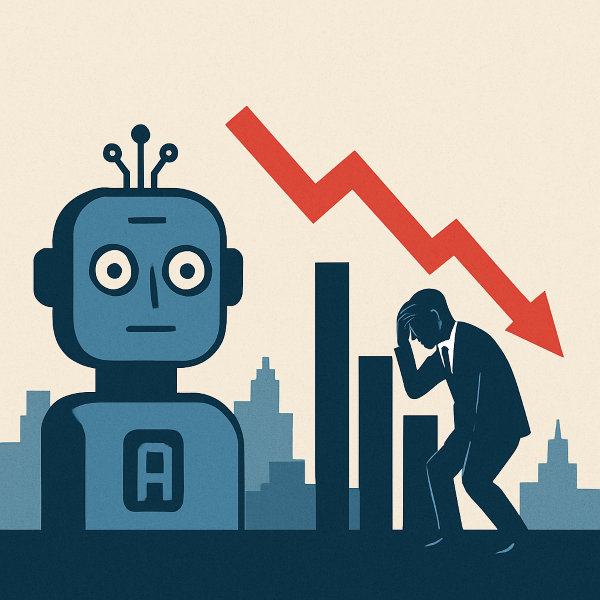Therefore, the following explanation is hypothetical, assuming “Veo3” is a future, advanced Google AI video generation platform that evolves into a social network as you’ve described.
Hypothetical Scenario: Veo3 – Google’s Revolutionary AI Video Social Network
Imagine Veo3 as a groundbreaking, AI-powered video generation and social networking platform developed by Google. Its core functionality would revolve around generating video content from user-provided text prompts and an AI Video Social Network, similar to how text-to-image AI works, but for video. This platform would then evolve into a social network where users can share, discover, and interact with these AI-generated videos, potentially alongside traditional human-created content.
The Vision for Veo3
This hypothetical Veo3 would be introduced as Google’s cutting-edge AI video generation technology. Its primary function would allow users to create diverse video content—ranging from educational explainers and news segments to comedic sketches and animated cartoons—simply by inputting descriptive text prompts. This would democratize video creation unprecedentedly, highlighting its accessibility, speed, and the sheer breadth of video styles it could produce.
Veo3 as a Disruptive Video Social Network
If Veo3 were to launch not just as a tool but as a full-fledged social network, it would fundamentally reshape how video content is created and consumed. Users would generate videos based on their imaginative prompts instead of relying solely on human videographers, animators, or actors. This would create a new paradigm where the barrier to entry for video creation is dramatically lowered, and creativity becomes the primary bottleneck, not production resources.
This new platform would have a profound impact on traditional YouTube creators. Viewers might flock to Veo3 for its novelty, variety, and the ability to find highly specific, AI-generated content. This could put pressure on traditional creators to adapt by using Veo3 as a tool or by developing entirely new content strategies. While “replacement” is a strong word, Veo3 could significantly erode YouTube’s market share if it offers a compelling alternative for both creators and viewers. A more likely scenario is that YouTube would integrate similar AI capabilities to stay competitive, potentially creating a hybrid model where Veo3 allows creators to post both AI-generated and traditional videos. This would make it a more comprehensive video social network, appealing to a wider range of creators and viewers.
Industry-Wide Impact and Financial Ramifications
The impact of Veo3 would extend far beyond individual content creators to the entire video industry. In areas like movies and web series, pre-production, visual effects, and even entire short films could be AI-generated, significantly reducing costs and production time. For news media, AI could generate localised reports or translate news, potentially threatening traditional news production models. In advertising, personalised, dynamic ads could be generated on the fly, revolutionising ad production and targeting. Corporate videos, training content, and marketing materials could also be rapidly generated, reducing the need for in-house teams or external agencies. The core impact is the industrialisation and democratisation of video production, leading to massive shifts in workflows, employment, and business models across the board.
This scenario suggests a significant disruption to all video industries, including media, education, sports, cartoons, movies, and advertising. The potential for AI to generate content rapidly and at a lower cost could lead to massive layoffs, a devaluation of traditional media assets, and a significant reduction in the need for expensive production studios, crews, and actors. This would result in reduced revenue and potentially crashing stock prices for companies reliant on traditional, high-cost, slow-production models. The future growth of these industries could be reduced by a double-digit percentage, signifying a severe, prolonged negative impact and making them less attractive for value investing due to increased uncertainty and declining competitive advantages.
Google’s Future and Market Capitalisation
In this hypothetical future, Veo3 could become a massive revenue generator for Google. If it successfully disrupts the video industry, attracting a significant portion of content creation and consumption, Google could monetise it through extensive advertising, premium subscriptions for creators and viewers, and licensing of its AI technology. This would represent a massive transfer of economic value from traditional media companies to Google, making Veo3 a cornerstone of Google’s financial performance and potentially pulling in “half of revenue” from disrupted industries.
Furthermore, if Veo3 were to launch as a video social network seamlessly linked with Gmail, it would provide an immediate and enormous user base, leveraging Google’s existing ecosystem strength for instant scale. The prospect of such a revolutionary product, combined with Google’s existing market dominance and a clear path to immense new revenue streams, would likely electrify financial markets. Investors would project exponential growth and profitability, potentially driving Alphabet’s market capitalisation to $5 trillion within two years.
Google also has a significant advantage in its existing YouTube creator base. These are experienced content creators with unique ideas who understand audience preferences and storytelling. By offering these creators priority access and tools to adopt Veo3, Google could quickly generate an abundance of diverse, high-quality, and engaging AI-generated video content. This ready supply of media, driven by experienced creators’ insights, would allow Veo3 to scale easily and rapidly attract and retain subscribers, overcoming the common “cold-start problem” for new social networks.




Pingback: Why is Tata Motor Facing bad time ? - MONEYECOFIN
Pingback: AI Layoffs and the Death of Demand: Is the Global Economy at Risk? - MONEYECOFIN